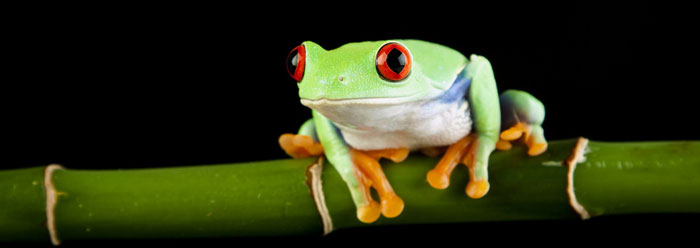Early in the 20th century, brilliant chemists generated pharmaceuticals in laboratories. But the cost/reward ratio of painstaking lab experiments turned out to be far greater than the cost/reward ratio of extracting chemicals from living things. It turns out that the chemists were not doing nearly as good a job at providing effective drugs as God already had through nature.
Evolutionist and prize-winning author E. O. Wilson summarized some nature-derived common pharmaceuticals in his 2002 book, The Future of Life:
[A]ntibiotics, fungicides, antimalarial drugs, anesthetics, analgesics, blood thinners, bloodclotting agents…cardiac stimulants and regulators, immunosuppressive agents, hormone mimics, hormone inhibitors, anticancer drugs, fever suppressants, inflammation controls, contraceptives, diuretics and antidiuretics, antidepressants, muscle relaxants, rubefacients, anticongestants, sedatives….Revolutionary new drugs have rarely been developed by the pure insights of molecular and cellular biology.1
Now, researchers have found a source for potentially revolutionary new drugs in frog skin, ones that may be effective in fighting antibiotic-resistant infections. Particular compounds found in frog skin secretions function as effective bacteriostats and bacteriocides. However, their pharmaceutical development has been hampered by the fact that they are too easily disabled by the human body's immune system.
But chemists were able to alter some of the frog compounds to make them both more effective at targeting antibiotic-resistant bacteria and longer-lasting inside the bloodstream. Thus, the researchers are now collecting and screening frog skin secretions from around the world with renewed hope.
A news release from the American Chemical Society summarized the research presented at their national meeting, which was held in Boston August 22-26.2 In a cursory statement about how frogs acquired this advanced chemical technology, Michael Conlon, a chemist at the United Arab Emirates University, told the ACS, "They've been around 300 million years, so they've had plenty of time to learn how to defend themselves against disease-causing microbes in the environment."2
In this case, time seems to have been invoked as a substitute Creator. Nobody has provided even a remotely plausible hypothetical series of purely natural events that could possibly have invented antibiotics--a task that intelligent and diligent chemists have not achieved--let alone subjected such a scenario to any kind of scientific test.
The most attested and universal scientific observation is that over time, systems tend to move toward disorder. So, the invocation of time only worsens the likelihood of nature's imaginary powers of "learning" to defend against microbes.
A statement that time could have enabled the creation of complicated and purposive biochemistry--as if time alone can produce anything except disorder--flies in the face of science. Therefore, it qualifies only as a statement of faith in time and nature as substitute creators.
A new and useful medicine from frog skin would provide no support for evolution, but would certainly add to the litany of helpful medicines that already exist in nature as though they were placed there by a brilliant and benevolent Biochemist.
References
- Wilson, E. O. 2002. The Future of Life. New York: Vintage Books, 120.
- Frog skin may provide "kiss of death" for antibiotic-resistant germs. American Chemical Society press release, August 26, 2010, reporting on research presented at the 240th National Meeting of the American Chemical Society.
* Mr. Thomas is Science Writer at the Institute for Creation Research.
Article posted on September 10, 2010.























